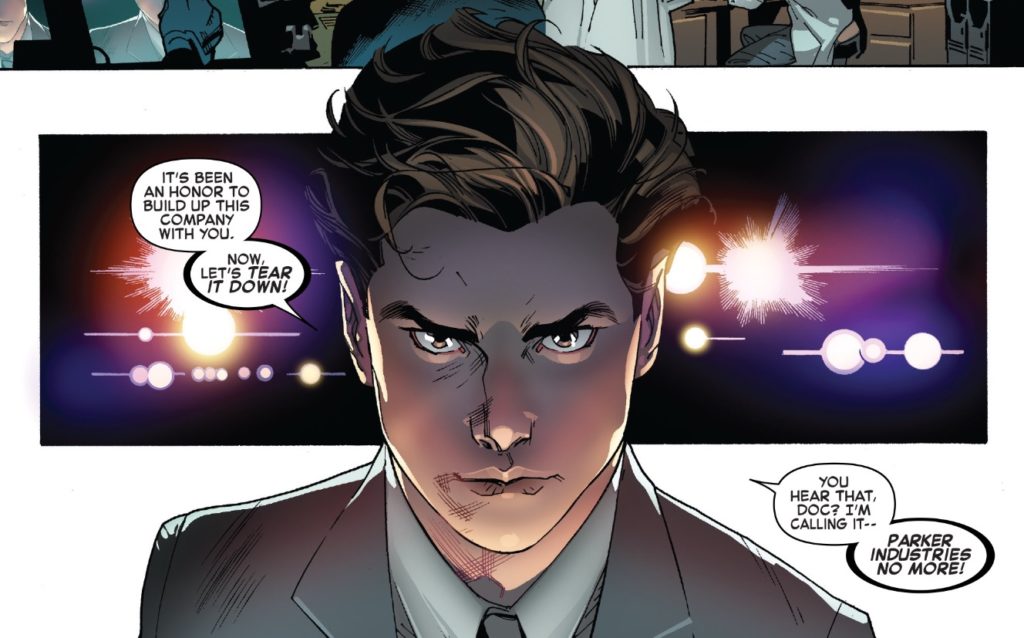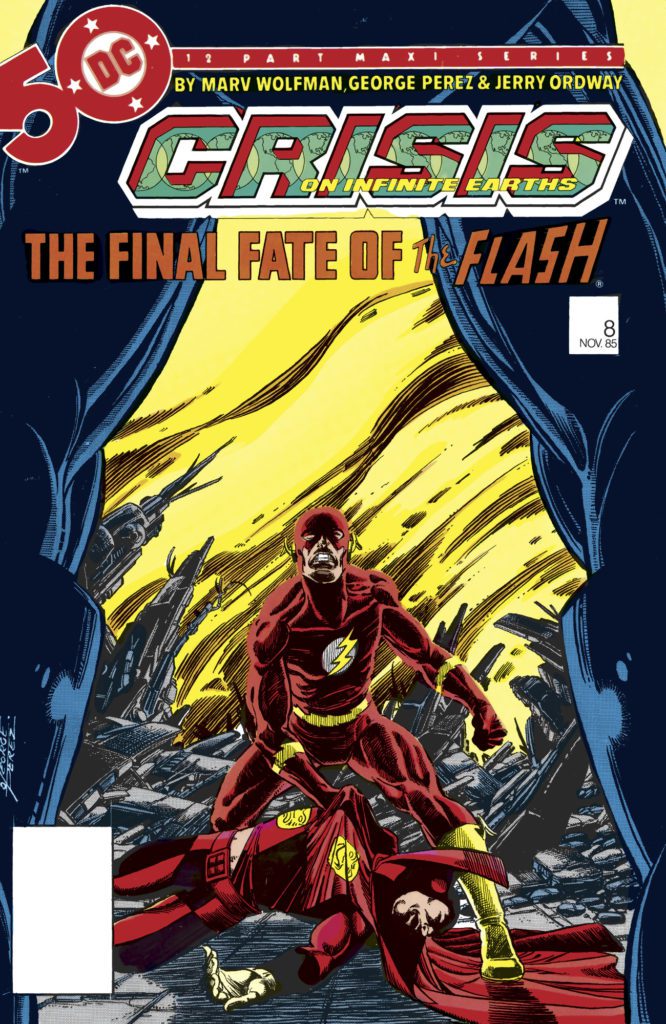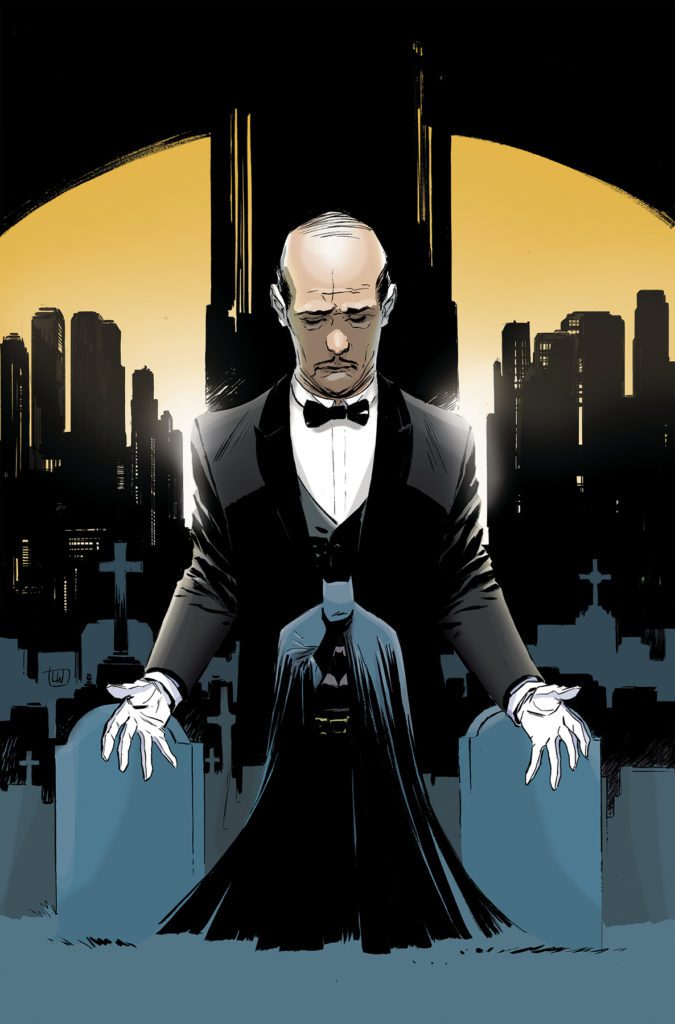Comic books are a relatively recent medium of art but, unlike other art forms, comic book characters haven’t changed much. They have been around since the near beginning and are still thriving today, still protected by copyright law and owned by the same publishers. People have come and gone in that time frame, and these beloved characters have gone on their own path, but not as much as an outside observer would expect. Especially recently, any change in status or lessons learned in superhero comic books are reverted after a short period, leading to many versions of the same story being told repeatedly. There are many reasons why this occurs, but it results in stories without consequences and leads to stagnant characters.

The Stagnant Spider-Man
A prime example of a character in superhero comic books that is often refused the opportunity to grow is Peter Parker’s Spider-Man. This can be seen in Dan Slott’s run of The Amazing Spider-Man and The Superior Spider-Man. Whether or not you enjoyed Slott’s time with Spider-Man, you must give him props for doing something different with the famous web-slinger. For those unfamiliar with the run, Doctor Octopus took over Peter’s body, becoming the “Superior Spider-Man” for an enormous portion of the run. Peter was eventually restored to his original body but found himself in charge of Parker Industries — a global company that employed thousands. This was a drastic shift from the typical making-ends-meet Peter we know from his appearances in other media. Slott’s run would be a fantastic example to refute my premise that superhero comic books refuse to change, had it ended differently.
MFR ON YOUTUBE (latest video)
Help us reach 5K Subs!
By the end of his run, Parker Industries was gone, and Peter was poor once again, bringing back the typical image of Spider-Man that most people have in their minds. One of the only large changes Slott had made to the character was allowing him to finish his graduate degree — a change that was reversed in the first issue of Nick Spencer’s run with the character (not including the story he did for Free Comic Book Day). Slott discussed this purposeful reversion of the character in an interview he did with Syfy Wire in 2019. “I always knew his company was going to lie in ruins by the end of the story… I always knew I was going to return it to factory setting before I passed it off to the next guy.” This is a kind and considerate action to take when thinking of future writers of the character but results in a dull overall story with no lasting consequences from supposedly earth-shattering storylines.

Another Consequence
One consequence of this noncommitment to change in superhero comic books that permeates most Marvel and DC Comics characters is the feeling of no stakes during huge events. For example, when DC Comics has a “Crisis” event today, it is never anywhere near as impactful as the original Crisis on Infinite Earths. Even if similar situations occur, such as two major characters dying, it still won’t have the same effect. Because well-versed readers are aware of how infrequently significant changes stick. Even when the publisher decides to keep a major change, such as Alfred Pennyworth’s death in Batman #77, it still doesn’t make a lasting impression since it is a “Boy Who Cried Wolf” scenario. We’ve had Superman, the Flash, Batman (several times), Jason Todd, and Damian Wayne die and then come back to life. Who’s to say that Alfred won’t come walking out of the tomb any day now?
The Flip Side of the Coin
One may argue that this act of returning characters to a well-known state at the end of a writer’s run is a fantastic action because it allows for the first issue of a run to be more accessible to new readers. This is a valid point, as I firmly believe that the superhero comic books (and the comic book industry in general) should put as much effort as possible into drawing in new readers. Still, it does put aside the interests of individuals who have been following a series past the end of a writer’s run in favor of those of a new reader. Also, the only way to keep returning to the same state over and over again is to ignore the character’s long history, constantly reboot, or have such unchanging and boring characters that they don’t shift in any noticeable way after many years. As long as the certain core elements of a character are kept — their heart, philosophy, and ideals — they will be recognizable. The character will have decades more history impacting their every decision, so whether the character works at the Daily Bugle or not is inconsequential.

Conclusion
Claiming that comic book characters have not changed over their extensive history is ridiculous, but it doesn’t take a detective to see that slightly altered versions of the same story have been told again and again for major characters in superhero comic books. They are rarely allowed to grow and learn their lessons, leading to a character that seems either stubborn, stupid, or stuck in an endlessly long streak of bad luck. This doesn’t mean that the storytelling within current superhero comic books is dull — else I would not read so many of them — just that it is disappointing to see a character supposedly growing and changing throughout a run, only to have them continually return to the place they started.

